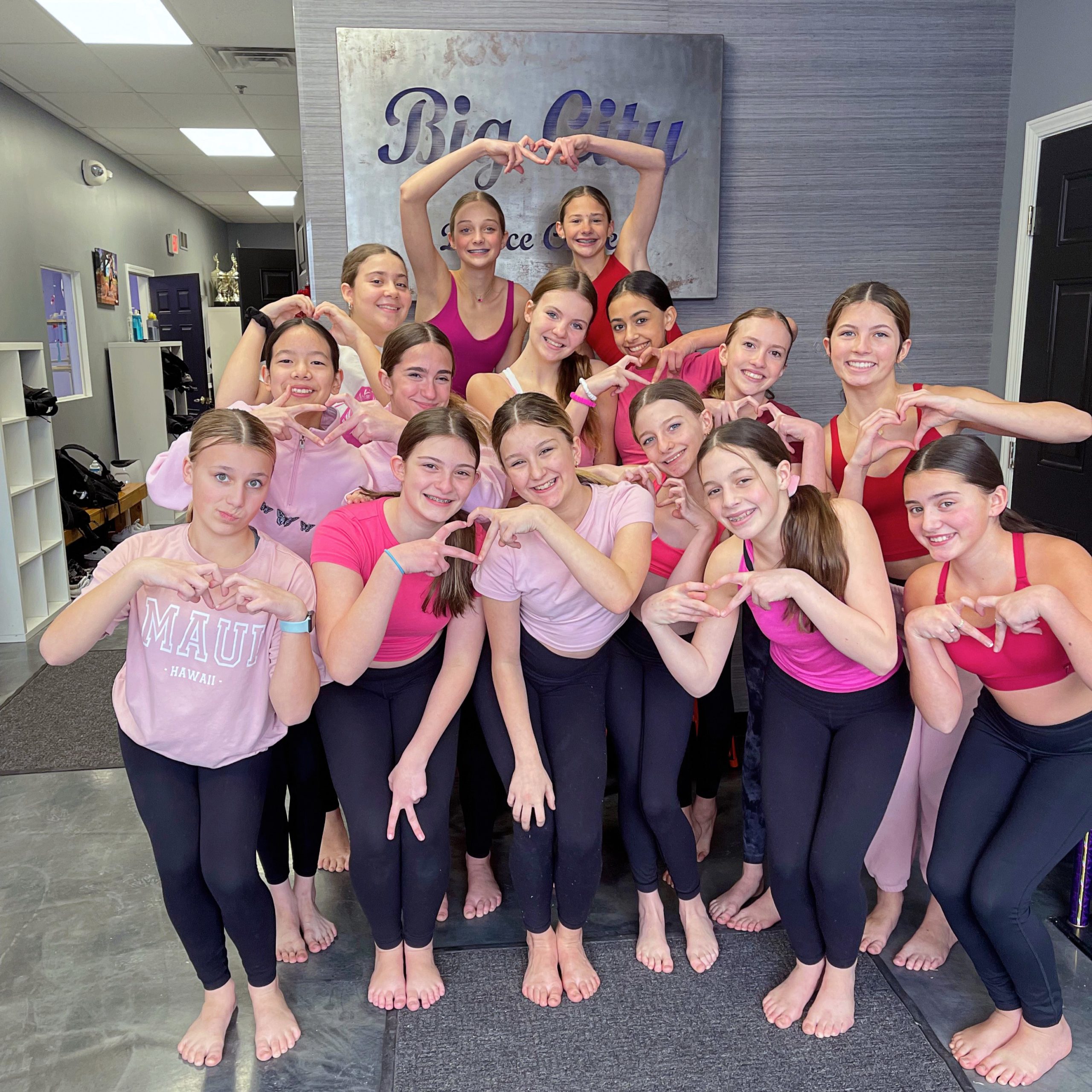How to Balance a Busy Schedule of School, Dance and More
With virtual learning and Zoom training as not-so-distant memories, an academic year free of pandemic interruptions is an especially exciting prospect this fall. But as dancers stack their calendars with in-person classes, competitions and social commitments, they may be asking themselves: How much is too much?
“Coming out of the pandemic, an unusual number of my high school students pulled back on how much they were committing to dance,” says Lisa Fruchey, owner and director of Big City Dance Center in Wixom, Michigan. “They realized that they loved taking dance classes, but they also wanted to participate in their school’s dance team or join clubs. Some of them just seemed afraid of the stress of handling everything at once.”

Anxiety around returning to “normal” is not uncommon, especially for dancers who juggled a host of extracurricular activities pre-pandemic. “Sometimes it may not be a matter of eliminating activities, but, rather, ensuring that dancers have the commensurate coping skills to navigate what they have chosen to take on,” explains Dr. Caroline Silby, a sports psychologist who works with dancers and high-performing athletes. Read on for Fruchey and Silby’s advice on balancing a busy schedule, or determining when—and what—to cut back.
Find Your Why
According to Silby, the activities dancers participate in should collectively satisfy these key emotional needs: competence (a feeling of mastery), connectedness and autonomy (the sense that you have choice). “If you’re doing multiple activities, but all of them provide the same benefit—for instance, competency—without any opportunities for connection, you may start to experience a lack of balance,” Silby explains. Identifying the “why” behind your participation in each activity will either motivate you to stay committed when things get hectic, or reveal why that activity may not be worth it.
Manage Expectations
With a packed school and dance schedule, it’s inevitable that conflicts will occur. “We try to be reasonable, because there are just some things dancers shouldn’t have to miss, like prom or a college dance team audition,” says Fruchey. When the time comes to prioritize, Silby encourages dancers to see the big picture. “We want young people to use dance to help them grow into healthy, happy, empowered adults, and we want them to have dance outcomes that match their capabilities—be it getting the lead in the recital or becoming a principal ballet dancer,” she says. One missed rehearsal is unlikely to derail you from your dance dreams, but Silby advises that if you continually value one over the other—for instance, school activities over dance—then you may need to adjust your goals for dance accordingly.
Overcommunicate
Communication between dancers and parents is crucial for balance, especially if you’re feeling overwhelmed by your schedule or familial expectations. “From what I saw over the pandemic, parents are starting to prioritize their children’s happiness and mental health more,” Fruchey says, so don’t be afraid to tell your family how you’re feeling. “Setting some specific periods of time for the family to do a check-in on commitments—including their purpose, benefits and stresses—can be very useful,” says Silby.
Train Your Brain
A stacked schedule may have you physically running around, but it can also be very mentally taxing. “Just like your muscles, your brain needs rest and recovery to refuel its capacity to focus and function well,” Silby says. She recommends pairing relaxation techniques with activities you do regularly. For example, when someone is driving you between classes, rehearsals, recitals and competitions, or while you’re doing your bun and tying your pointe shoes, do this short meditation: Take some deep breaths, and ground yourself by noticing five things you see, four things you hear, three things you feel, two things you smell and one good thing about yourself. After school and rehearsal, picture a “mental vacation” by envisioning yourself somewhere relaxing. Incorporating these techniques into your current routine will help you stay calm and focused as you switch between various activities. As Silby explains, “Your attention is one of your most valuable resources as a dancer.”
Getting in Touch
Your feelings about any activity can change over time. These prompts from Dr. Silby can help you get clarity on your motivations and priorities; write your responses in a journal or talk about them with a friend.
1. “I dance because…”
2. “In the studio, I enjoy…”
3. “I am here to learn…”




